Picture a small, unassuming island in the Aegean Sea, where the very foundations of Greek civilization were laid. This island, Keros, holds secrets that have captivated archaeologists for decades, revealing a story of ingenuity, faith, and maritime prowess that challenges our understanding of the past.
Keros, though uninhabited today, was once a thriving center of Cycladic culture during the Bronze Age. Its strategic location and rich resources attracted settlers who built a complex society that flourished for centuries.
In a nutshell:
- Keros and its pyramid-shaped islet, Daskalio, were central to the Cycladic civilization during the Bronze Age.
- Daskalio features a monumental complex built with marble transported from other islands.
- This massive construction project required advanced maritime skills and organization.
- The pyramid shape suggests a religious significance and parallels with other ancient cultures.
- Broken figurines found on the island point to unique rituals and beliefs.
- The Keros Hoard of Cycladic figurines has inspired artists and collectors worldwide.
The discovery of broken figurines on Keros adds another layer of intrigue. These figurines, once whole and perhaps offered as votive objects, were intentionally shattered, hinting at rituals and beliefs that remain shrouded in mystery.
The Keros Hoard: A Glimpse into Cycladic Art and Spirituality
The enigmatic nature of Keros extends beyond its monumental architecture and broken offerings. In the mid-20th century, a remarkable discovery known as the “Keros Hoard” brought the island to the forefront of the art world.
This collection of Cycladic figurines, crafted from marble and characterized by their abstract, minimalist forms, has fascinated scholars and artists alike.
Cycladic Art
These figurines, often depicting female figures with folded arms, have become iconic representations of Cycladic art. Their simplicity and elegance have inspired artists like Picasso, who saw a connection between their ancient aesthetic and the modernist movement.

The Keros Hoard serves as a testament to the artistic sophistication and spiritual beliefs of the Cycladic people, offering a window into their worldview and cultural practices.
The Legacy of Keros: A Bronze Age Enigma
Despite its flourishing past, Keros was abandoned in the late Bronze Age, leaving behind a wealth of archaeological treasures and unanswered questions. The reasons for its decline remain a subject of debate, with theories ranging from environmental changes to socio-political shifts.
Today, Keros is a protected archaeological site, and access is restricted to preserve its fragile remains. However, its legacy lives on through the countless artifacts and insights it has provided into the origins of Greek civilization.
The marble island stands as a reminder of the ingenuity, resilience, and spiritual depth of the early Aegean people, who laid the groundwork for the cultural achievements that would follow.
Keros in the 21st Century: A Source of Inspiration and Wonder
The story of Keros continues to unfold as archaeologists delve deeper into its mysteries. Recent excavations have revealed even more evidence of the island’s complex past, including sophisticated drainage systems, metalworking workshops, and a thriving trade network.
The island has also been the subject of documentaries and exhibitions, showcasing its archaeological wonders to a global audience. Keros serves as a powerful reminder that even the smallest and most unassuming places can hold the keys to unlocking the secrets of our collective past.
The Pyramid of Daskalio: A Closer Look at its Construction
The pyramid-shaped islet of Daskalio, once connected to Keros before rising sea levels, is a marvel of Bronze Age engineering. Its construction required not only the transport of massive quantities of marble but also the skill to shape and assemble it into a monumental structure.
Archaeologists have uncovered evidence of ramps, terraces, and retaining walls that facilitated the building process.

The precision with which the marble blocks were cut and fitted together is a testament to the craftsmanship of the Cycladic builders. The pyramid itself likely served as a focal point for religious activities, perhaps housing a sanctuary or shrine at its summit.
A Highly Organized Society
The sheer scale of the project, combined with the logistical challenges of transporting materials across the sea, suggests a highly organized society with a strong central authority.
The construction of Daskalio was not just a feat of engineering; it was a demonstration of power and a testament to the shared beliefs and aspirations of the Cycladic people.
The Ritual of the Broken Figurines: Decoding its Meaning
The discovery of broken figurines on Keros has sparked numerous theories about their significance. Some scholars believe they were intentionally shattered as part of a ritual offering, perhaps symbolizing a sacrifice or a release of energy.
Others suggest that the broken pieces were taken as souvenirs by pilgrims, carrying a piece of the sacred site with them.
Clues to Spiritual Beliefs
The figurines themselves, with their stylized forms and enigmatic expressions, offer clues to the spiritual beliefs of the Cycladic people. They may have represented deities, ancestors, or idealized human forms.
The act of breaking them could have been a way to connect with the divine or to participate in a shared communal experience.
The mystery surrounding the broken figurines adds to the allure of Keros, inviting us to contemplate the complex rituals and beliefs of a civilization that thrived thousands of years ago.
Keros and its Neighbors: A Network of Island Communities
While Keros was undoubtedly a significant center in its own right, it was also part of a wider network of Cycladic islands. Trade and cultural exchange flourished between these communities, evidenced by the presence of artifacts from other islands on Keros.

The maritime skills that enabled the transport of marble from Naxos were also crucial for maintaining these connections. The Cycladic people were adept sailors, navigating the Aegean Sea with confidence and establishing trade routes that spanned the region.
Keros’s role within this network highlights the interconnectedness of the Cycladic world and the importance of maritime activity in shaping its development. The island served as a hub for both material and cultural exchange, contributing to the rich tapestry of Bronze Age Aegean civilization.
The Future of Keros: Preserving its Past for Future Generations
As Keros continues to yield its secrets, archaeologists and conservationists are working to ensure its preservation for future generations. The island’s fragile remains are vulnerable to erosion, looting, and the impact of tourism.
Strict regulations are in place to protect the site, and ongoing research is focused on understanding its past and mitigating threats to its future.
New technologies, such as drones and 3D imaging, are being used to document and analyze the island’s archaeological features, providing valuable insights without disturbing its delicate environment.
Power of the Past
The story of Keros is far from over. As archaeologists continue their work, new discoveries are likely to emerge, shedding further light on the origins of Greek civilization and the remarkable achievements of the Cycladic people.
The marble island stands as a testament to the enduring power of the past and the importance of preserving our shared heritage for future generations to explore and appreciate.
Life on Keros: Beyond the Monuments
While the monumental structures and precious artifacts of Keros paint a picture of a sophisticated and organized society, it’s equally important to consider the everyday lives of the people who inhabited this island.
Archaeological evidence offers glimpses into their homes, tools, food sources, and social organization, providing a more intimate understanding of their existence beyond the grand monuments.

Excavations have revealed traces of houses and workshops, suggesting a community engaged in various crafts and activities. Stone tools, pottery fragments, and remnants of hearths paint a picture of daily routines and domestic life.
Diet in the Communities
Analysis of animal bones and plant remains suggests a diet based on fishing, agriculture, and animal husbandry. The island’s fertile soil and access to marine resources likely provided a sustainable livelihood for its inhabitants.
The social organization of Keros remains somewhat elusive, but the scale of the construction projects and the evidence of specialized crafts suggest a hierarchical society with skilled artisans and laborers working under a central authority.
The presence of communal spaces and shared rituals, as evidenced by the broken figurines, suggests a strong sense of community and shared beliefs.
The Mystery of Keros’s Abandonment
The abrupt abandonment of Keros in the late Bronze Age remains one of the island’s most intriguing enigmas. Several theories have been proposed to explain this sudden decline, each offering a glimpse into the potential challenges faced by this once-thriving civilization.
One possibility is environmental change. Fluctuations in climate or sea levels could have impacted the island’s resources, making it less hospitable for human habitation. Overexploitation of resources, such as deforestation or overfishing, could have also contributed to the island’s decline.
Another potential factor is conflict with neighboring communities. The Aegean world was not always peaceful, and Keros’s strategic location could have made it a target for raids or conquest. Evidence of fortifications and defensive structures on the island suggests a degree of awareness of potential threats.
Finally, internal social or political unrest could have played a role in Keros’s demise. Shifts in power structures or conflicts within the community could have led to instability and ultimately abandonment.
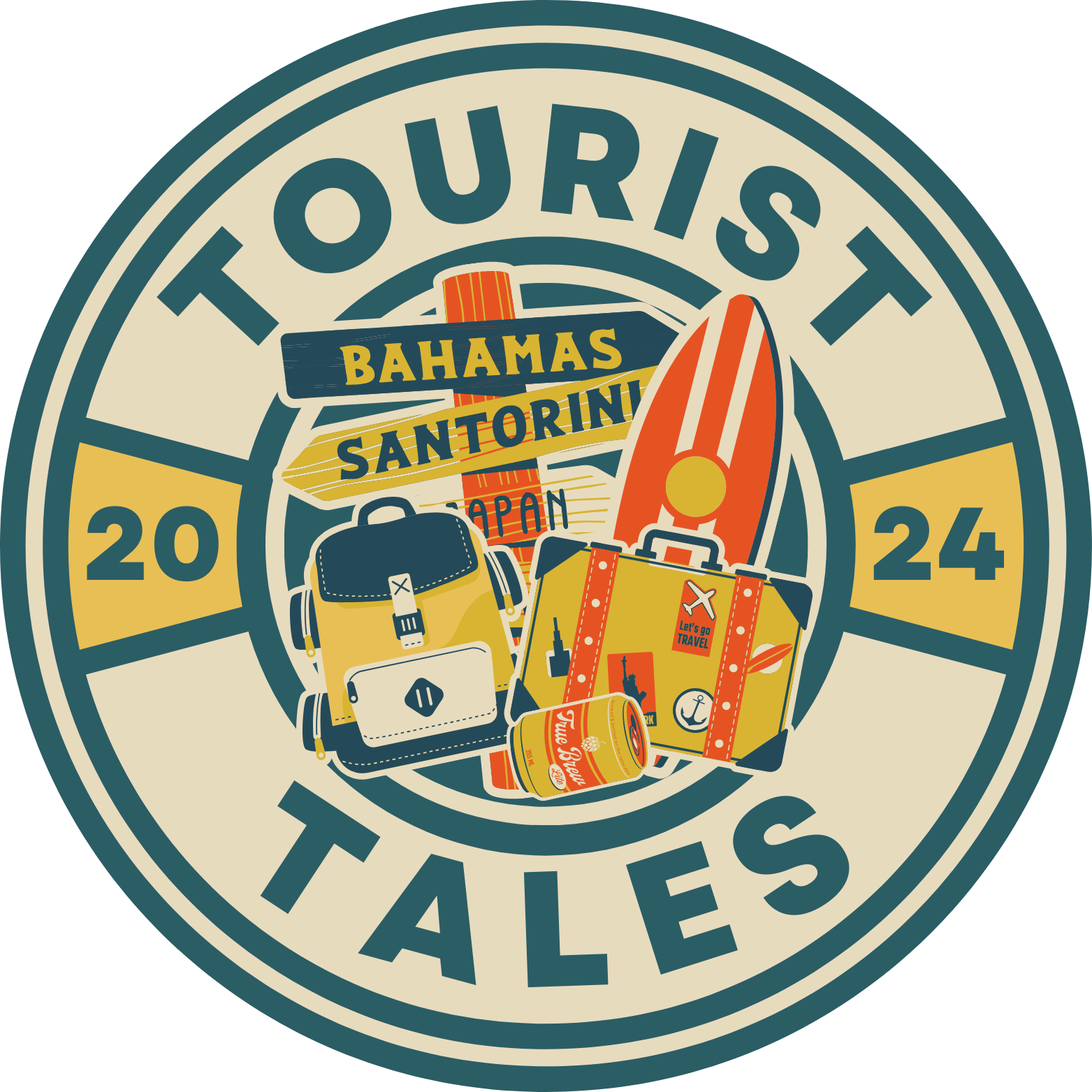
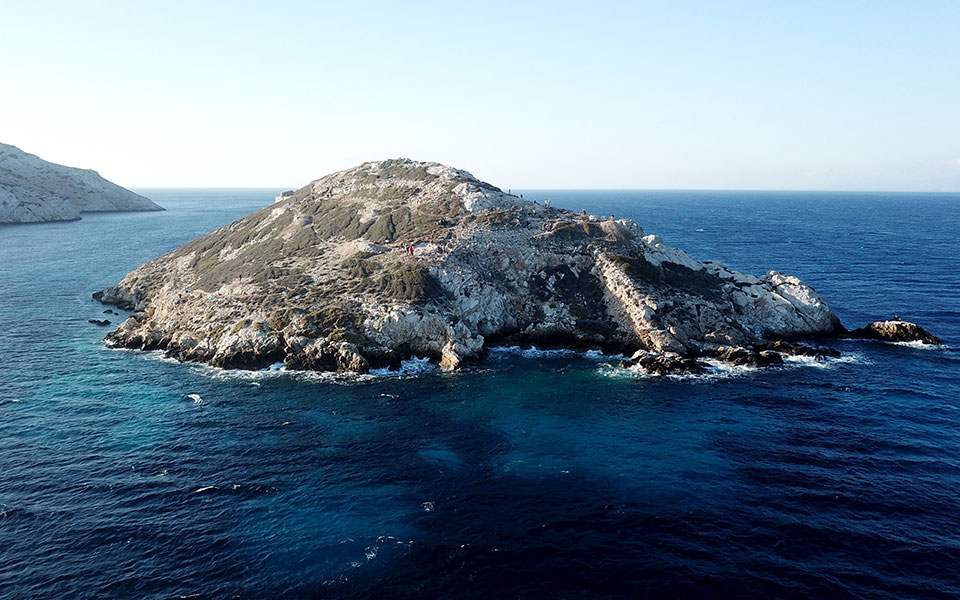
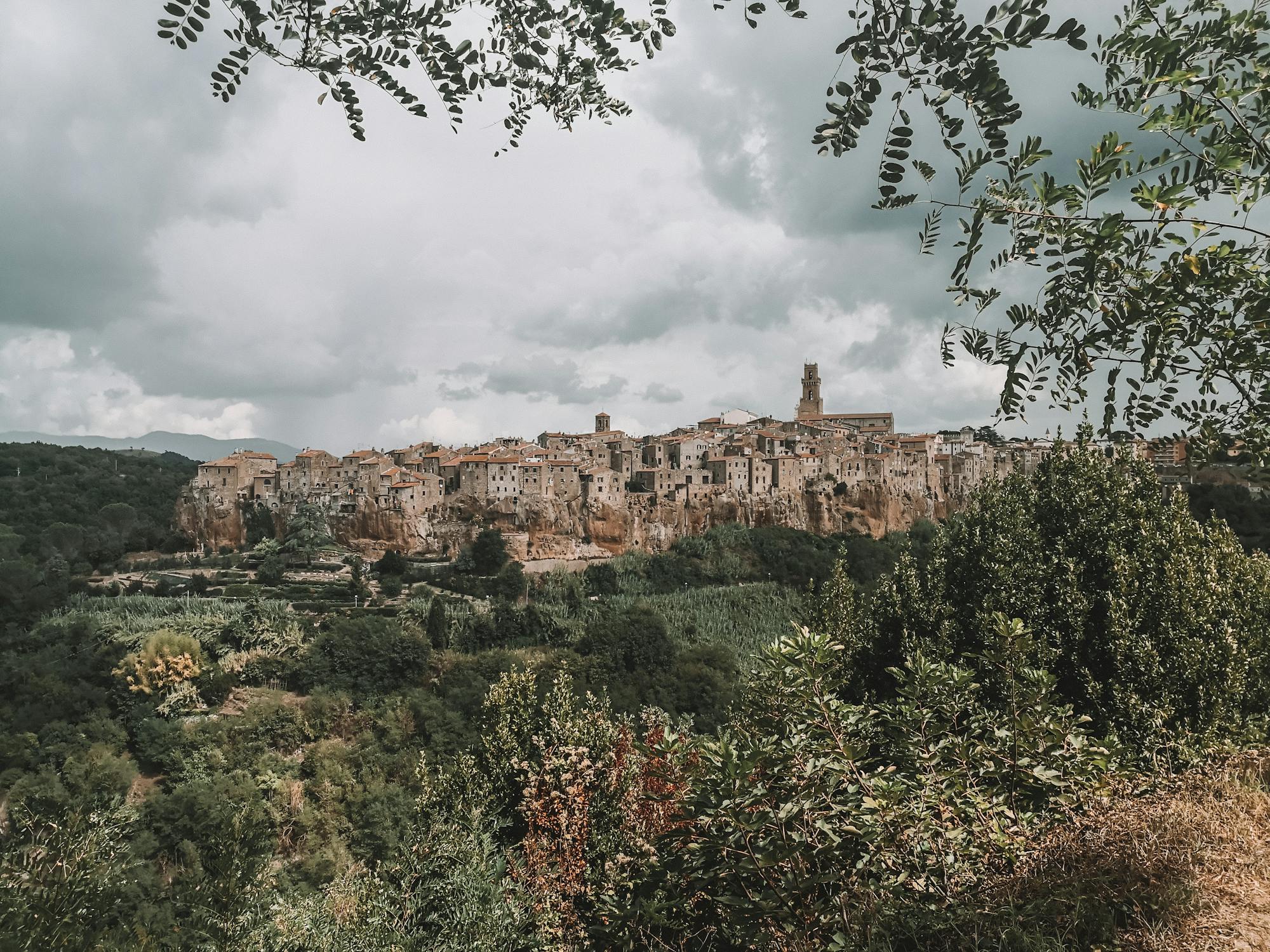
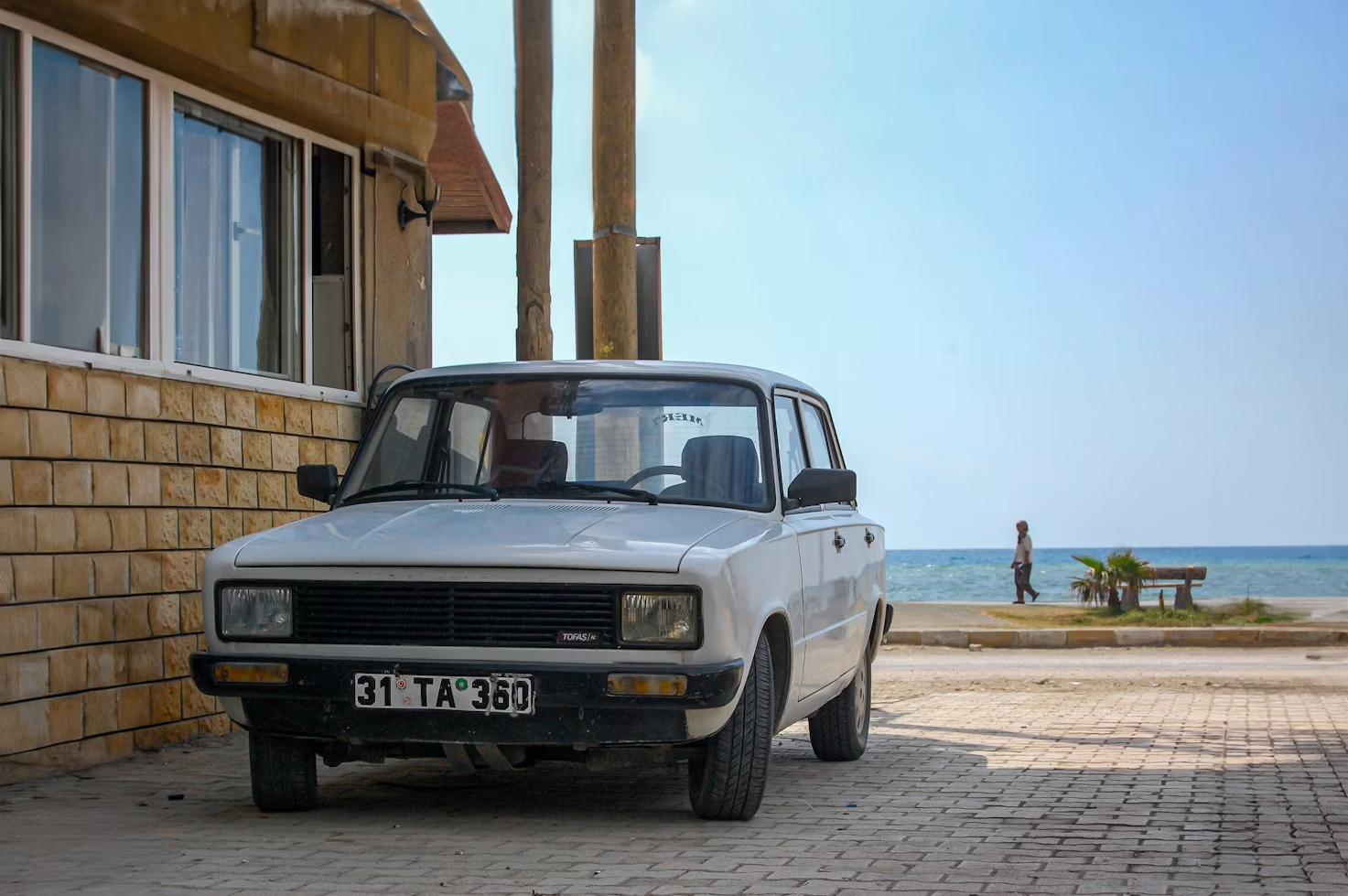

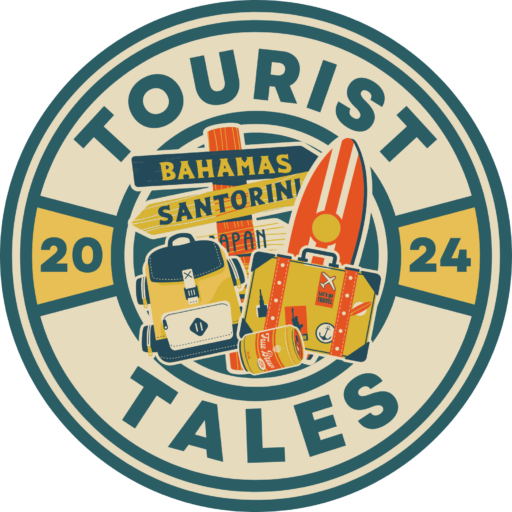
13 Responses
Really intrigued by the ritual of the broken figurines. Any theories on why they purposely broke them? Great read, Alice!
The spiritual beliefs hinted by the artifacts from Keros provide a fascinating window into the minds of our ancestors. It’s articles like these that remind us how complex and sophisticated ancient societies truly were.
didn’t know about keros before this. cool to see how people back then lived and what they believed in.
How did the community on Keros influence the surrounding islands? Was there a lot of interaction?
I’ve always wondered about the exchange of ideas and goods in these ancient networks. The interconnectedness must’ve been more complex than we assume.
Love the photos of the Daskalio pyramid. It’s amazing how they managed to build such structures back then!
Not entirely convinced about the ‘ritual of broken figurines’. Aren’t there simpler explanations? Would love to see more evidence backing up these claims.
The spiritual practices of Keros speak volumes of their worldview. Such insights are treasures for the soul.
wonder if there’s a game about keros. would be cool to explore that pyramid.
Fascinated by what you mentioned about the diet in ancient Keros communities. What kinds of foods would they have eaten? Always looking for ancient recipes to try!
The detailed exploration of the Pyramid of Daskalio illuminates the sophisticated engineering and organizational capabilities of the Cycladic islanders. This kind of work is crucial for understanding the scope of Bronze Age civilizations.
That’s incredible! Did they use any particular techniques that contributed to their construction capabilities?
Yes, the use of local materials and knowledge of weight distribution were pivotal. It’s fascinating to see how ancient techniques were adapted to their environment.